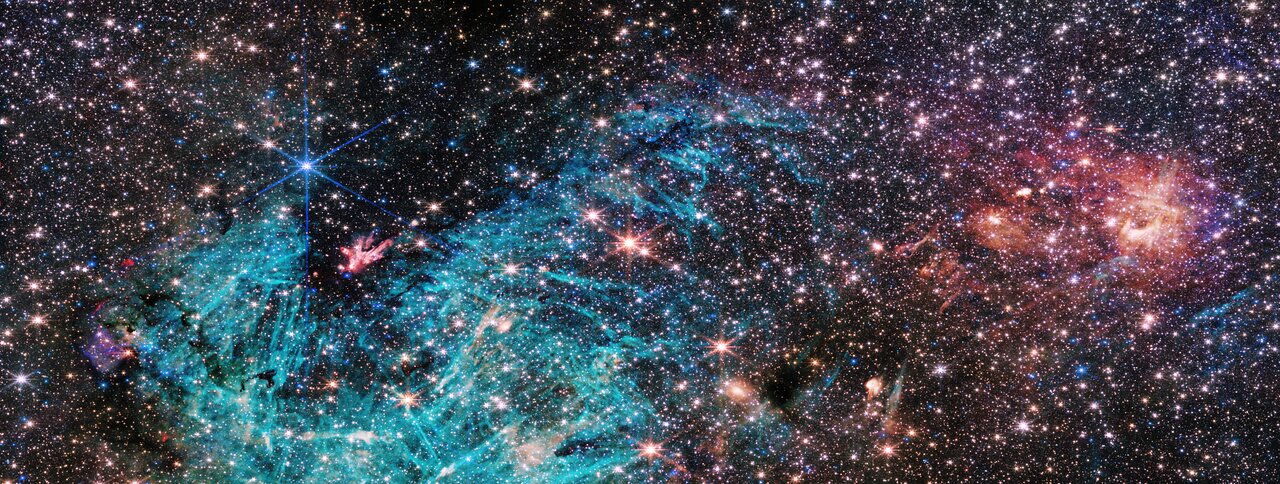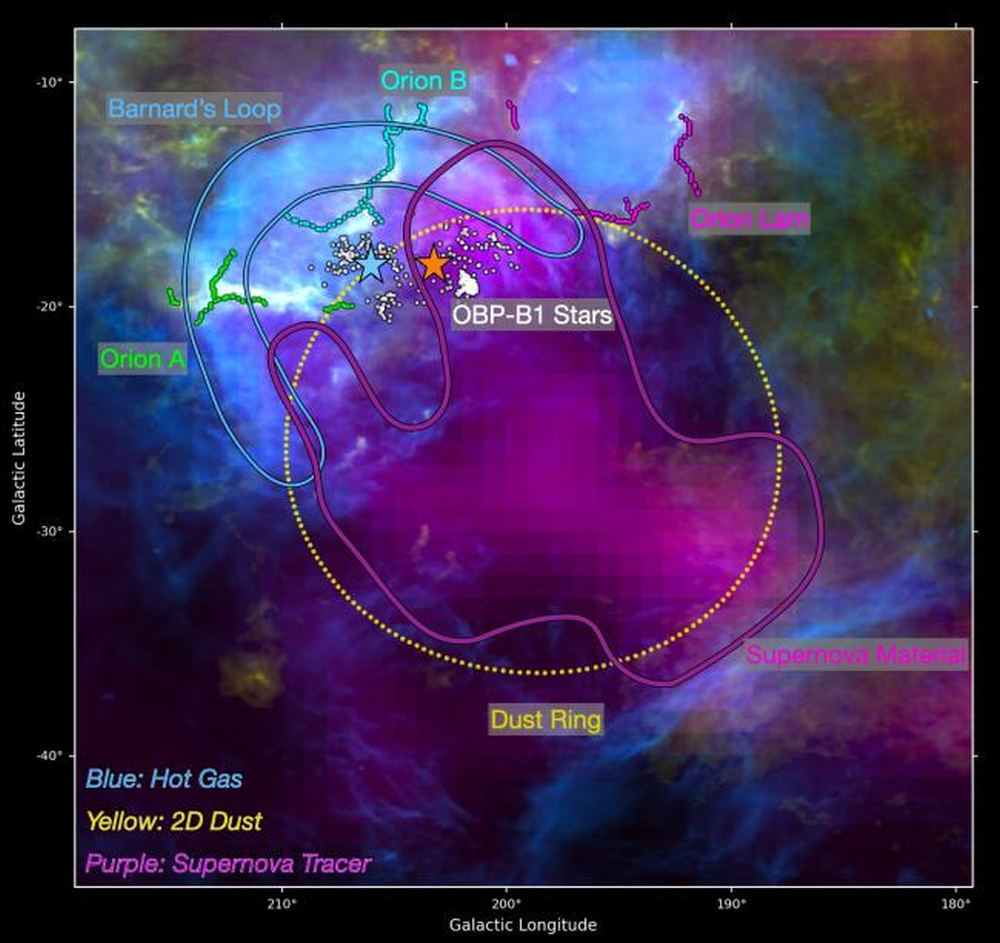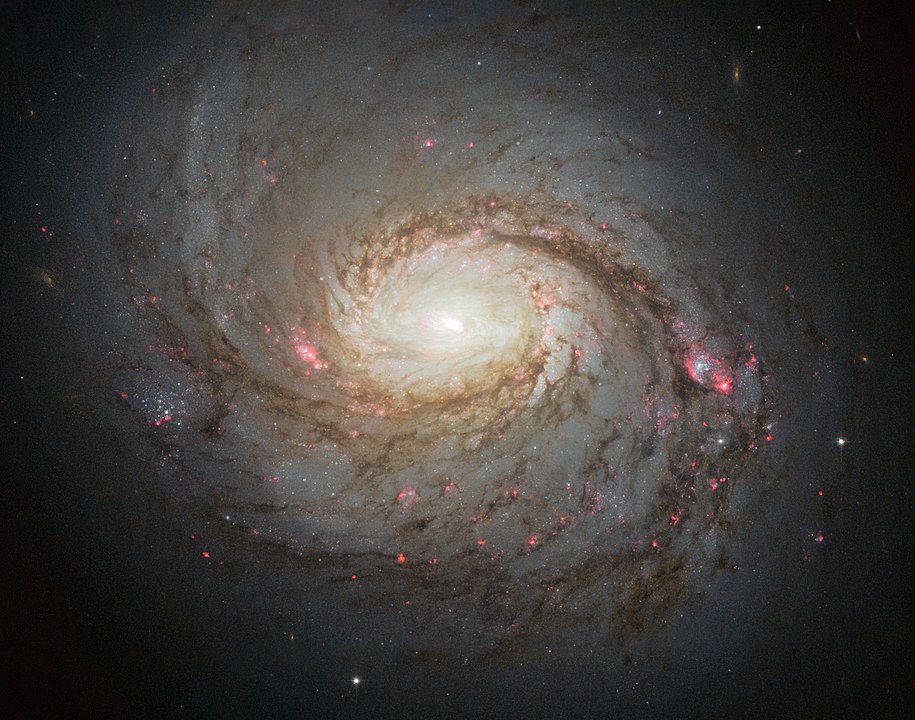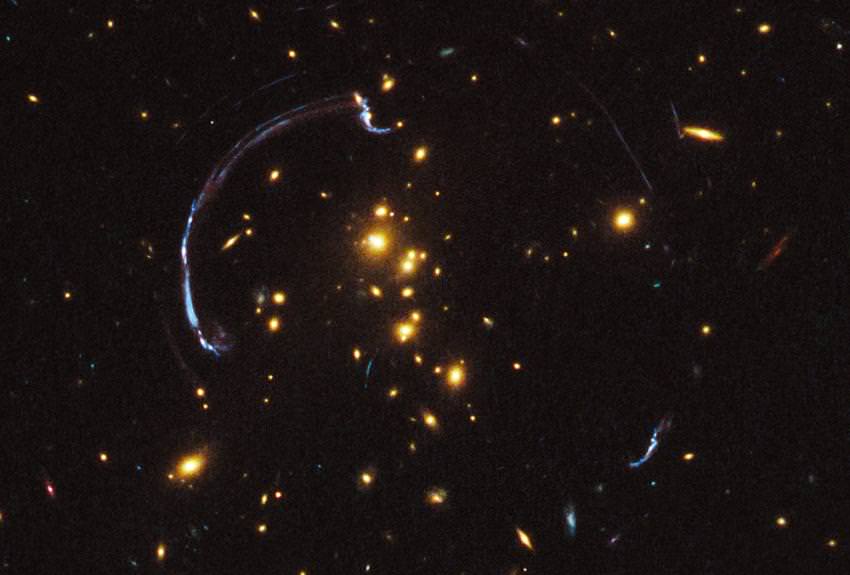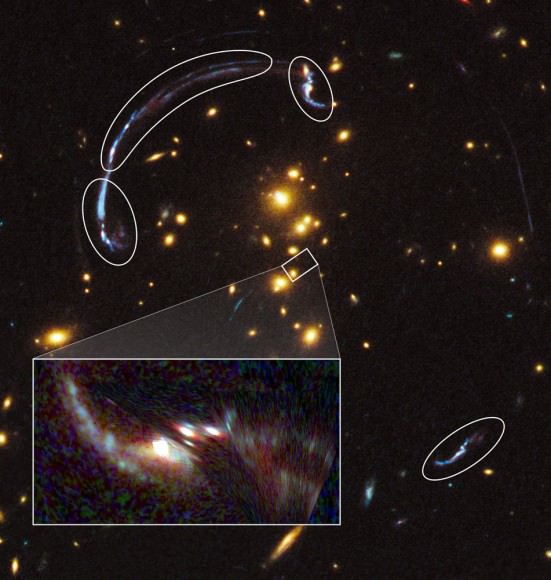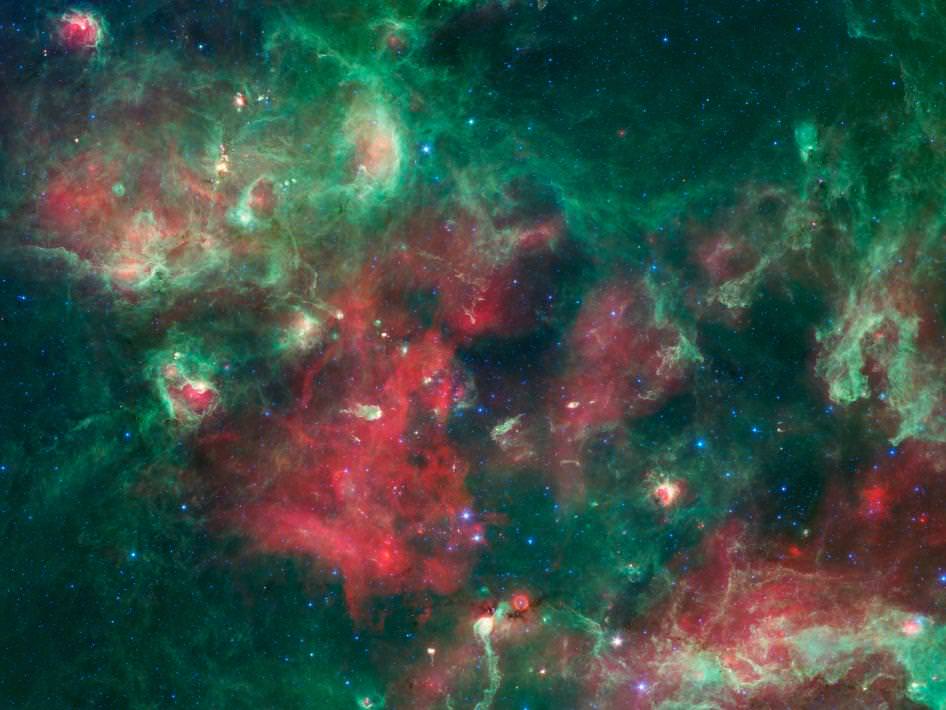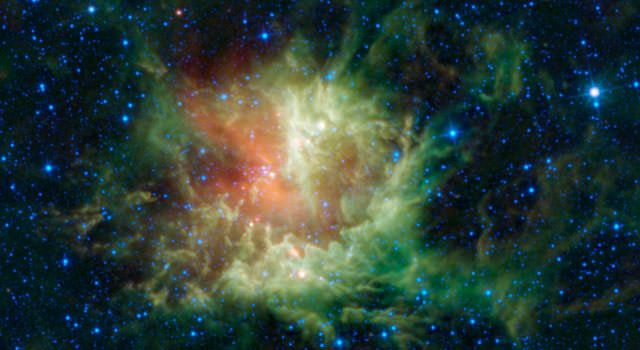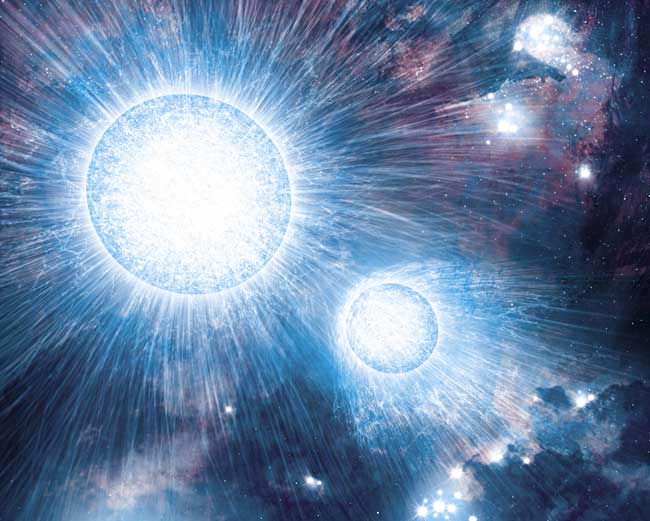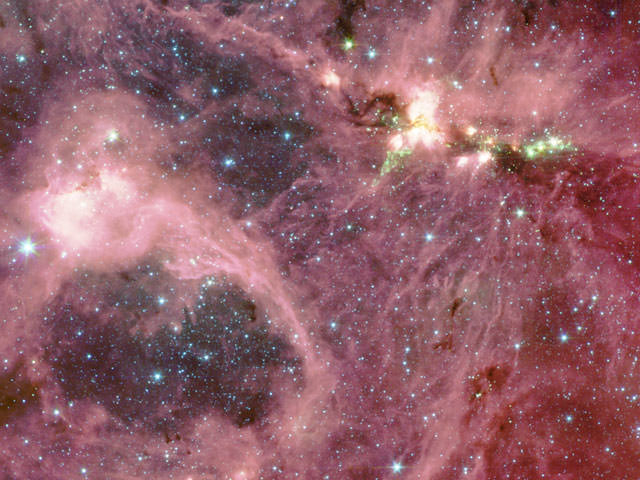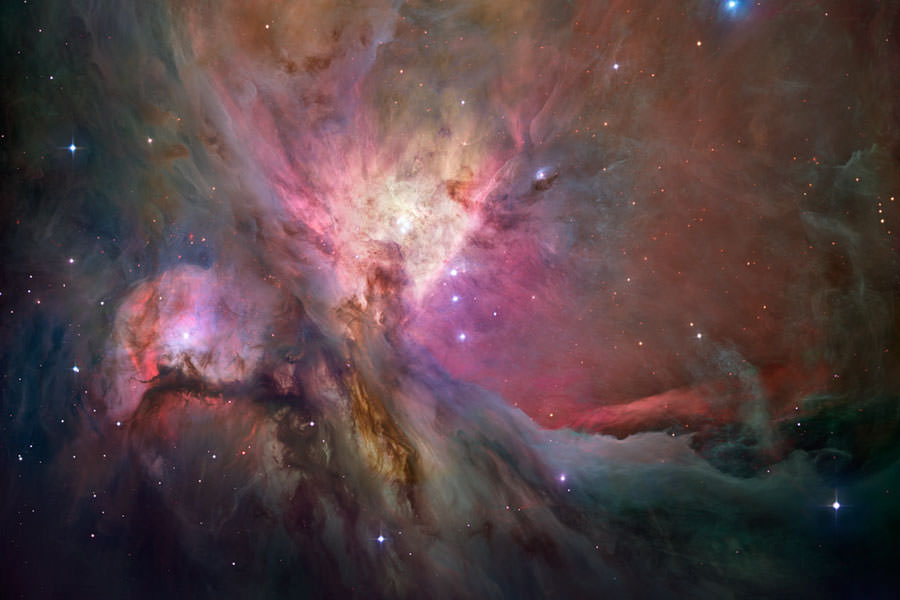[/caption]
Our Milky Way churns out about seven new stars per year on average. More massive stars are formed in what’s called H II regions, so-named because the gas present in these stellar nurseries is ionized by the radiation of the young, massive stars forming there. Recently-discovered regions in the Milky Way that are nurseries for massive stars may hold important clues as to the chemical composition and structural makeup of our galaxy.
Thomas Bania, of Boston University, said in an NRAO press release, “We can clearly relate the locations of these star-forming sites to the overall structure of the Galaxy. Further studies will allow us to better understand the process of star formation and to compare the chemical composition of such sites at widely different distances from the Galaxy’s center.”
The announcement of these newly discovered regions was made in a presentation today at the American Astronomical Society meeting in Miami, Florida. The team of astronomers that collaborated on the search includes Thomas Bania of Boston University, Loren Anderson of the Astrophysical Laboratory of Marseille in France, Dana Balser of the National Radio Astronomy Observatory (NRAO), and Robert Rood of the University of Virginia.
H II regions that you may be familiar with include the Orion Nebula (M42), visible just South of Orion’s Belt with the naked eye, and the Horsehead Nebula, so famously imaged by the Hubble Space Telescope. For more information on other known regions (and lots of pictures), visit the 2Micron All-Sky Survey at IPAC.
By studying such regions in other galaxies, and our own, the chemical composition and distribution of a galaxy can be determined. H II regions form out of giant molecular clouds of hydrogen, and remain stable until a collision happens between two clouds, creating a shockwave, or the resulting shockwave from a nearby supernova collapses some of the gas to form stars. As these stars form and start to shine, their radiation strips the molecular hydrogen of its electrons.
The astronomers used both infrared and radio telescopes to see through the thick dust and gas that pervades the Milky Way. By combing surveys taken by the Spitzer Space Telescope’s infrared camera, and the Very Large Array (VLA) radio telescope, they identified “hot spots” that would be good candidates for H II regions. To further verify their findings, they used the Robert C. Byrd Green Bank Telescope (GBT), a sensitive radio telescope that allowed them to detect radio frequencies emitted by electrons as they rejoined protons to form hydrogen. This process of recombination to form hydrogen is a telltale sign of regions that contain ionized hydrogen, or H II.
The location of the regions is concentrated near the ends of the central bar of the Milky Way, and in its spiral arms. Over 25 of the regions discovered were further from the center of the galaxy than our own Sun – a more detailed study of these outlying regions could give astronomers a better understanding of the evolution and composition of our Milky Way.
“There is evidence that the abundance of heavy elements changes with increasing distance from the Galactic center,” Bania said. “We now have many more objects to study and improve our understanding of this effect.”
Source: NRAO Press Release
